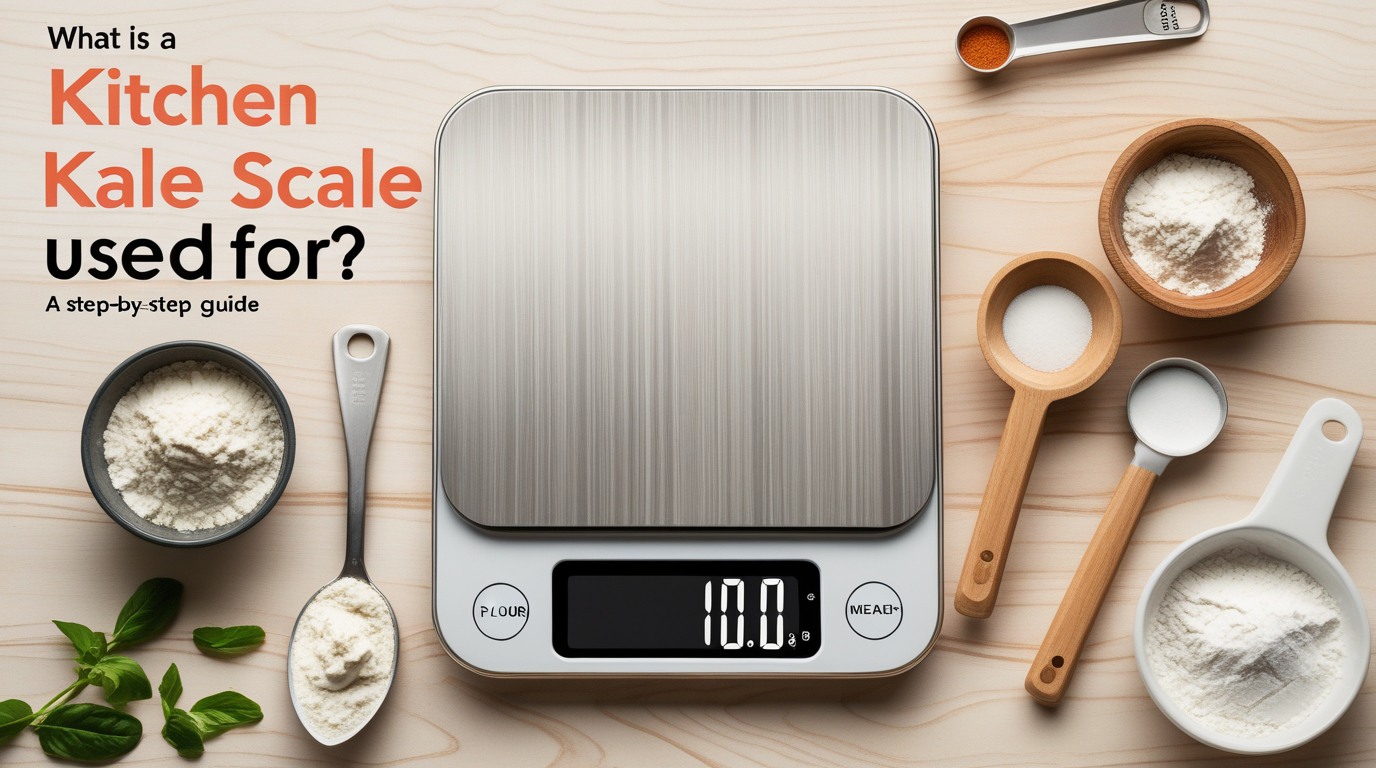
A kitchen scale is one of those tools that seems simple at first glance but can make a significant difference in your cooking and baking experience. If you're wondering what is a kitchen scale used for?, the answer goes beyond just weighing ingredients. Whether you're an avid baker, a home cook looking to refine your skills, or someone interested in portion control for health reasons, a kitchen scale can transform the way you approach your kitchen tasks.
In this step-by-step guide, I'll share my personal experiences with a kitchen scale, from its basic functions to more specialized uses. Along the way, I'll discuss the various benefits, as well as provide helpful insights into which scale might be the best fit for your needs.
Understanding the Basics: What is a Kitchen Scale?
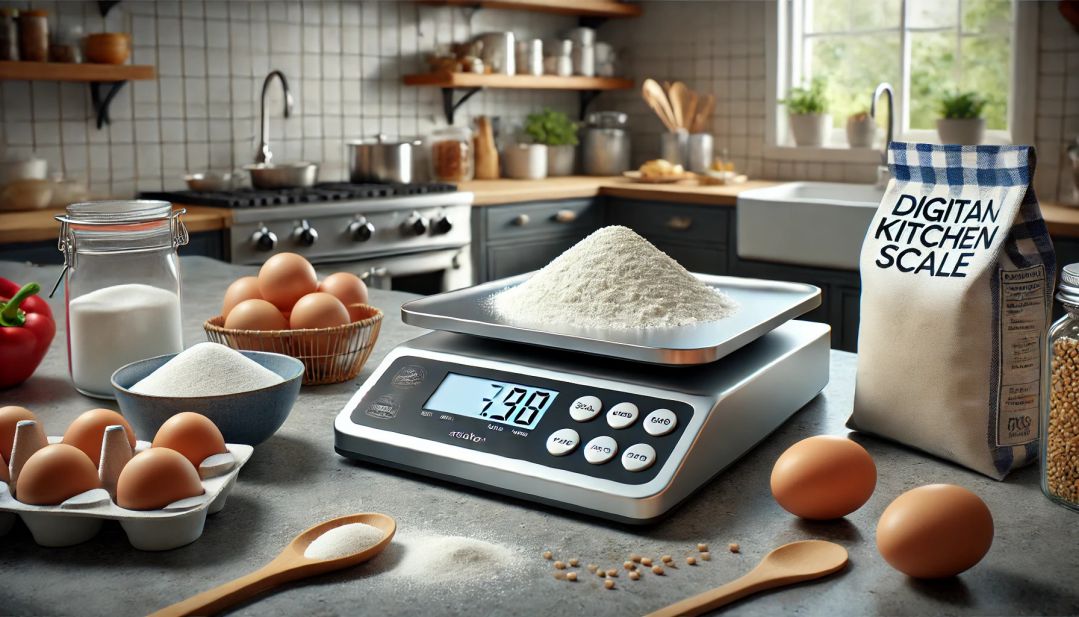
The primary function of a kitchen scale is to measure the weight of food ingredients. This may sound straightforward, but it's a crucial aspect of many recipes, especially in baking, where accuracy is essential. Over the years, I’ve found that using a kitchen scale helps eliminate the guesswork that comes with measuring ingredients by volume, leading to more consistent results in my cooking and baking projects.
When I first started using a kitchen scale, I opted for a digital one, mostly due to its ease of use. The large LCD screen and easy-to-read measurements made it perfect for weighing small and large quantities alike. This was a game-changer in my baking, where precision is key.
Kitchen Scale Uses in Cooking
While kitchen scales are most often associated with baking, their uses in everyday cooking extend far beyond that. I personally use my kitchen scale for everything from measuring out grains like rice and quinoa to determining the weight of vegetables for salads. The accuracy that a scale offers ensures that my meals are balanced and that portion sizes are appropriate. This is especially important when I’m following a specific recipe or adhering to a dietary plan.
For example, I often use the scale to weigh portions of pasta or meat, ensuring that each serving is just the right size. This helps me avoid over- or under-cooking, making my meals more enjoyable. It's also great for recipes that involve marinating, as I can be precise about the quantities of ingredients like oils, herbs, and spices.
Kitchen Scale for Baking: A Must-Have Tool
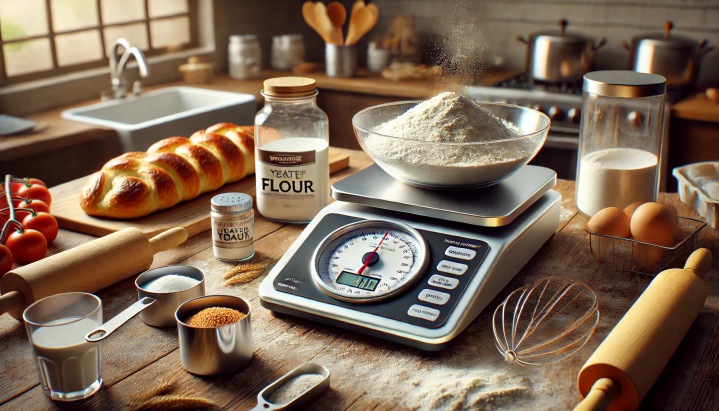
One of the most essential benefits of a kitchen scale is its ability to make baking more accurate. Many of my baking failures in the past were due to inconsistencies in measuring ingredients. A cup of flour can weigh differently depending on how it’s packed, which can lead to drastic differences in the final product. By switching to weight-based measurements, I noticed a huge improvement in the consistency of my results.
For instance, when I bake bread, I can precisely measure flour, water, and other ingredients to ensure that my dough comes out perfect every time. A kitchen scale takes the guesswork out of the equation, ensuring the correct texture and consistency.
The Benefits of Using a Kitchen Scale
One of the key advantages of using a kitchen scale is the reduction in human error. It removes the subjective nature of volume measurements and provides a consistent way to measure ingredients. Here are a few benefits I’ve personally experienced using a kitchen scale:
- Precision: As mentioned, baking requires precision, and weighing ingredients makes a huge difference.
- Consistency: With weight measurements, I consistently produce the same quality of food every time.
- Convenience: A kitchen scale is incredibly convenient for measuring multiple ingredients at once. The tare function, which allows you to zero out the scale after placing a bowl or container on it, makes it easy to add ingredients without using extra bowls.
- Portion Control: If you’re like me and looking to manage portions for a healthier lifestyle, a kitchen scale is an invaluable tool. It helps track the exact amount of food you're consuming, making it easier to follow diet plans or meal prep with precision.
Portion Control with a Kitchen Scale
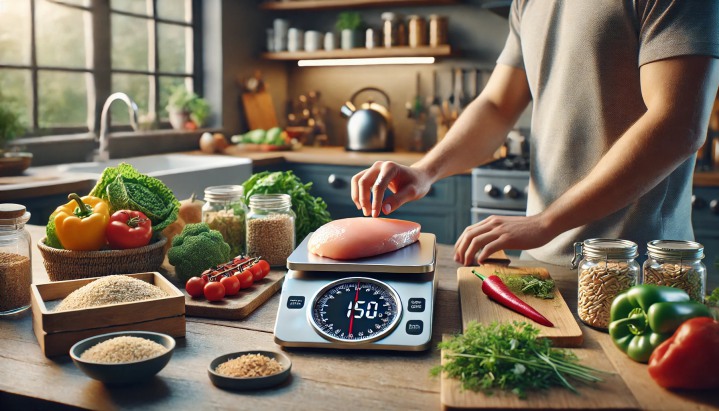
As someone who’s become more conscious of portion control, I find that a kitchen scale is a vital tool for maintaining a balanced diet. Whether I’m measuring out servings of protein, vegetables, or carbohydrates, I can ensure that my meals are well-portioned and aligned with my nutritional goals. This also helps in meal prepping, as I can divide meals into consistent portions and know exactly how much I’m eating.
For example, when I’m preparing chicken breast for a meal, I use the scale to ensure that each portion is around 150 grams—just the right amount for my needs. This helps prevent overeating or wasting food, which can happen when you guess portion sizes.
Comparing Different Types of Kitchen Scales
When it comes to choosing the right kitchen scale, there are a few options to consider. After trying several types, I’ve found that both digital and mechanical scales have their pros and cons. Here's a breakdown of my experience:
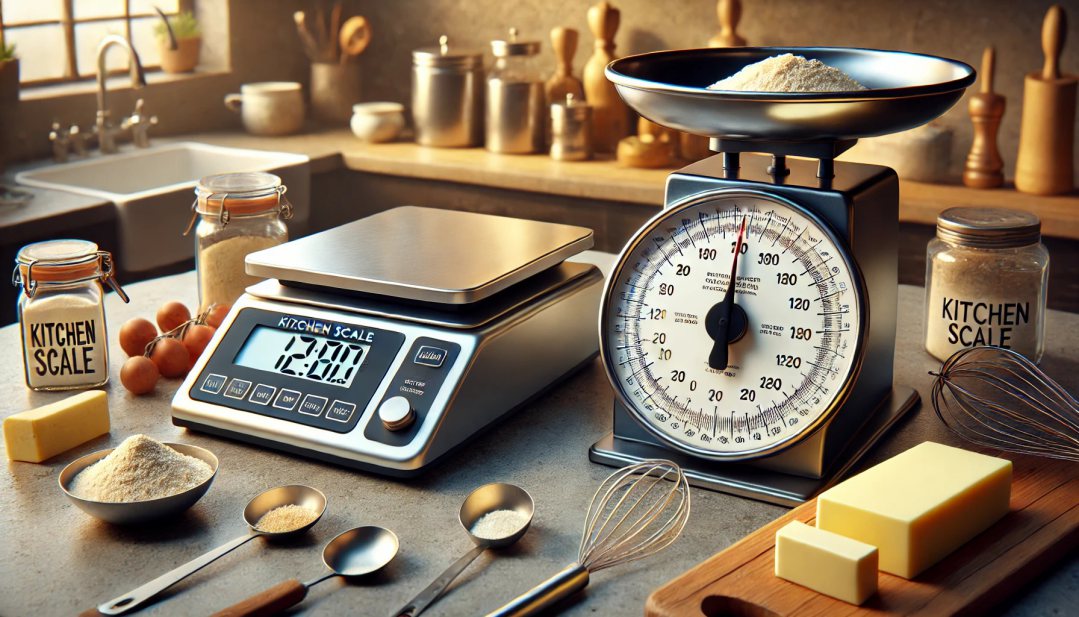
- Digital Kitchen Scales: These scales are typically the most accurate and user-friendly. The digital display is easy to read, and most models come with extra features like tare functions, units conversion (grams, ounces, pounds), and a sleek, modern design. I prefer these for most of my cooking tasks because of their precision and convenience.
- Mechanical Kitchen Scales: These are more traditional and tend to be less expensive than digital models. While they don’t offer the same precision as digital scales, they are durable and require no batteries. They can be great for those who want a no-fuss, old-school approach to measuring ingredients.
In my experience, the digital scale is more versatile and offers more accurate readings, making it ideal for tasks like baking and portion control. However, I still appreciate the simplicity and reliability of a mechanical scale for quick, casual cooking tasks.
Kitchen Scale Applications Beyond Cooking
While what is a kitchen scale used for? is typically answered with regard to food, there are several other ways this tool can come in handy. Some people use a kitchen scale to weigh ingredients for DIY projects, such as making soap or candles, where precise measurements of various substances are required. I have even used mine to measure ingredients for homemade dog food, ensuring I get the right proportions of meat, vegetables, and grains for my pets.
Conclusion
A kitchen scale is an incredibly versatile tool that goes beyond the basic needs of cooking. Whether you are baking, managing your portions, or working on a non-food project, a kitchen scale can improve your efficiency and accuracy in the kitchen. It’s not just about measuring; it’s about making cooking and baking easier and more enjoyable. For anyone who’s asked, what is a kitchen scale used for?, I can confidently say that its value stretches far beyond its weighty function.
Leave a Reply